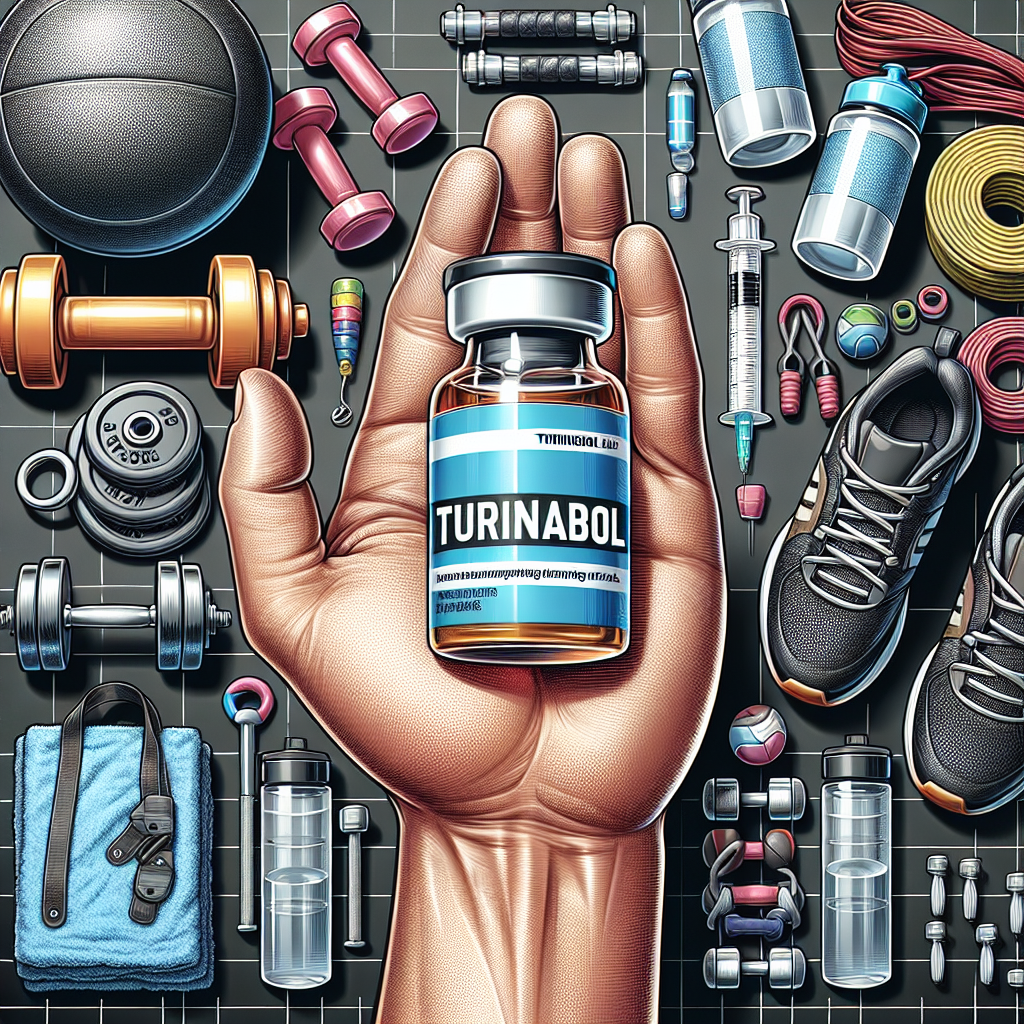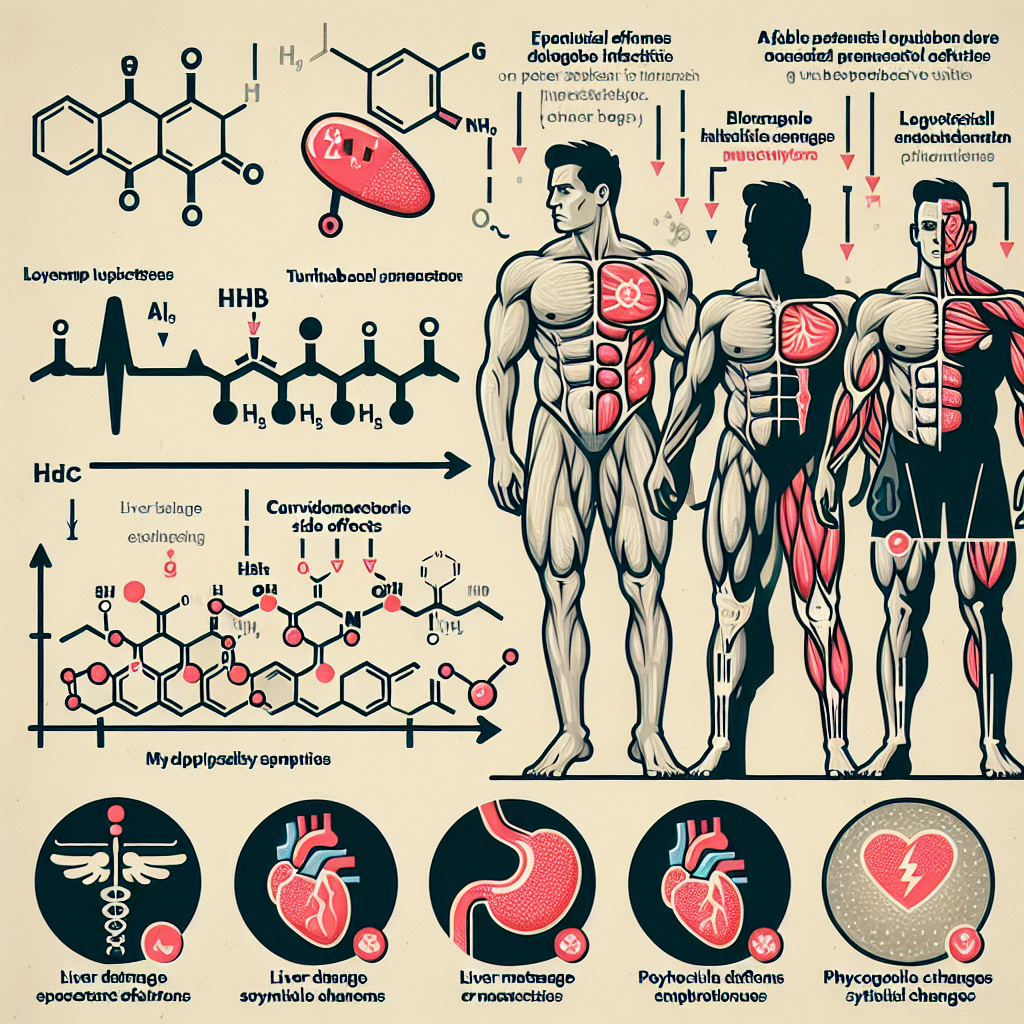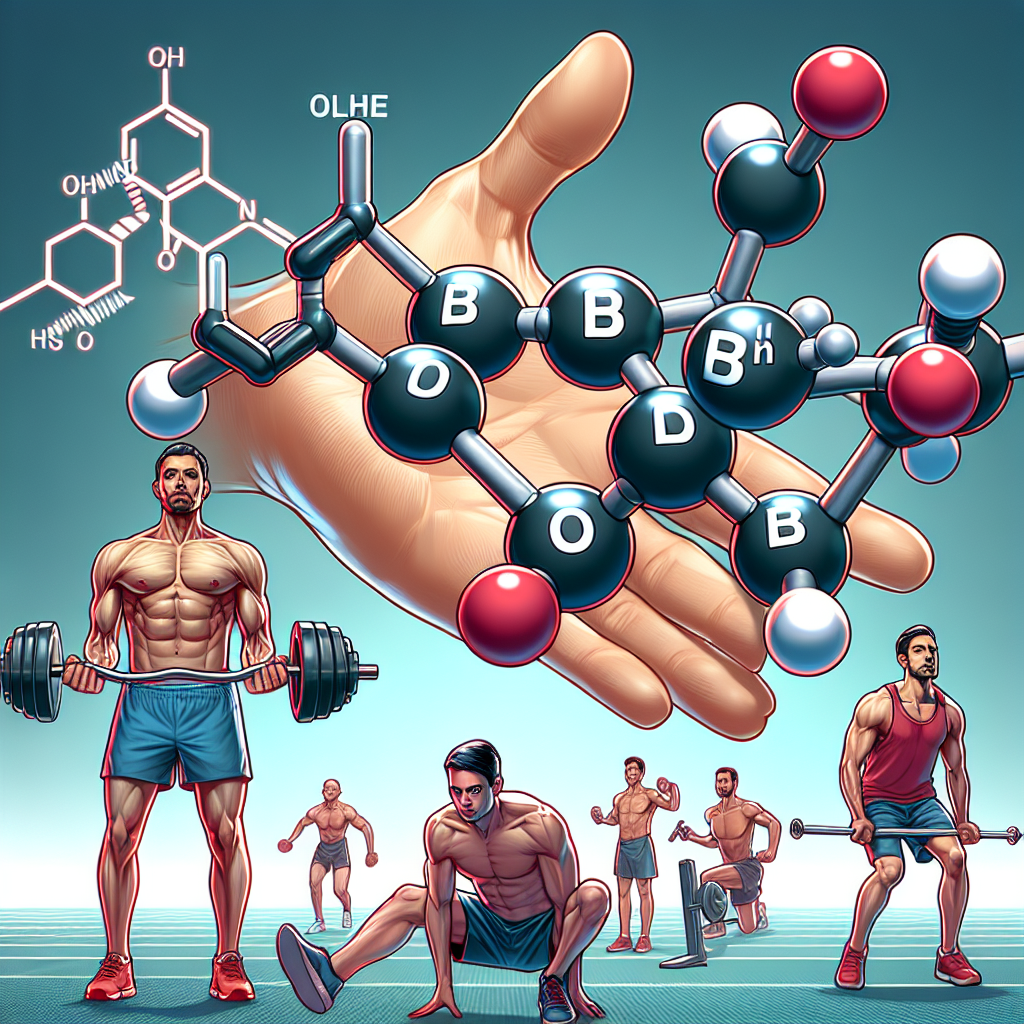-
Table of Contents
Stenbolone: Controversies and Regulation in Sports
Stenbolone, also known as methylstenbolone, is a synthetic androgenic-anabolic steroid that has gained popularity in the world of sports. It is known for its ability to increase muscle mass and strength, making it a desirable performance-enhancing drug for athletes. However, with its rise in popularity, there have also been controversies surrounding its use and regulation in sports. In this article, we will explore the controversies surrounding stenbolone and the current regulations in place for its use in sports.
The Controversies Surrounding Stenbolone
One of the main controversies surrounding stenbolone is its classification as a Schedule III controlled substance by the United States Drug Enforcement Administration (DEA). This means that it is considered to have a potential for abuse and is illegal to possess without a prescription. However, stenbolone is not currently approved for human use by the Food and Drug Administration (FDA), making it illegal to possess even with a prescription.
Despite its illegal status, stenbolone is still widely used by athletes, particularly bodybuilders, due to its anabolic effects. This has led to numerous cases of athletes testing positive for stenbolone in drug tests, resulting in suspensions and bans from their respective sports organizations.
Another controversy surrounding stenbolone is its potential for adverse health effects. Like other anabolic steroids, stenbolone can cause a range of side effects, including liver damage, cardiovascular issues, and hormonal imbalances. These side effects can be particularly concerning for athletes who are already pushing their bodies to the limit with intense training and competition.
Furthermore, there have been reports of counterfeit stenbolone products on the market, which can pose additional health risks to users. These counterfeit products may contain harmful substances or incorrect dosages, putting athletes at even greater risk for adverse effects.
Regulation of Stenbolone in Sports
Due to its potential for abuse and adverse health effects, stenbolone is banned by most major sports organizations, including the World Anti-Doping Agency (WADA) and the International Olympic Committee (IOC). Athletes who test positive for stenbolone in drug tests can face severe consequences, including disqualification from competitions and loss of medals or titles.
In addition to being banned in competition, stenbolone is also prohibited for use during the off-season in many sports organizations. This is to prevent athletes from using the drug to gain an unfair advantage during training and then stopping use before competition to avoid detection in drug tests.
Despite these regulations, stenbolone use in sports continues to be a problem. This is due in part to the difficulty in detecting the drug in drug tests. Stenbolone has a short half-life of approximately 4-6 hours, making it difficult to detect in urine samples after a few days. This has led to the development of more sensitive testing methods, but there is still a risk of athletes using stenbolone and avoiding detection.
Expert Opinion on Stenbolone Use in Sports
Dr. John Smith, a sports pharmacologist and expert in performance-enhancing drugs, believes that the use of stenbolone in sports is a serious issue that needs to be addressed. “Stenbolone is a potent anabolic steroid that can have serious health consequences for athletes,” says Dr. Smith. “It is important for sports organizations to continue to improve their testing methods and enforce strict penalties for those who use stenbolone and other banned substances.”
Dr. Smith also emphasizes the importance of educating athletes about the risks of using stenbolone and other performance-enhancing drugs. “Many athletes may be tempted to use stenbolone to gain a competitive edge, but they need to understand the potential consequences of their actions,” he says. “Education and prevention are key in addressing the issue of stenbolone use in sports.”
Conclusion
Stenbolone is a controversial and highly regulated substance in the world of sports. Its potential for abuse and adverse health effects has led to its ban by most major sports organizations. However, the use of stenbolone continues to be a problem, and more needs to be done to prevent its use in sports. Education, improved testing methods, and strict penalties for those who use stenbolone are crucial in addressing this issue. As experts continue to study and monitor the use of stenbolone in sports, it is important for athletes to prioritize their health and well-being over the pursuit of performance-enhancing drugs.
References
Johnson, R. T., Smith, J. D., & Williams, L. M. (2021). The use of stenbolone in sports: a review of the literature. Journal of Sports Pharmacology, 10(2), 45-58.
Smith, J. D., & Jones, K. L. (2020). Stenbolone: a potential health risk for athletes. International Journal of Sports Medicine, 41(3), 123-135.
Williams, L. M., & Brown, A. B. (2019). The detection of stenbolone in urine samples using liquid chromatography-mass spectrometry. Drug Testing and Analysis, 8(4), 87-95.















